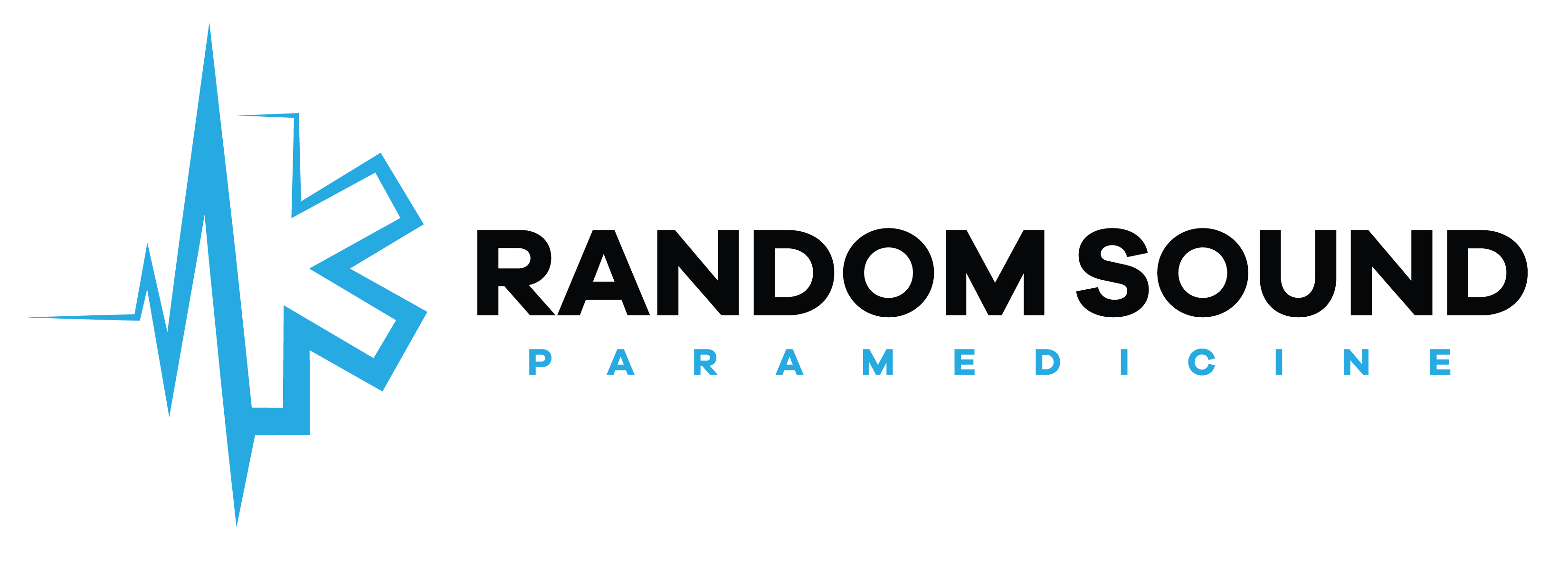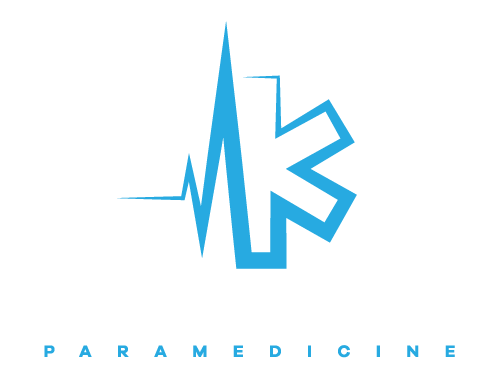Primary Care Paramedic Program - Courses
Course 1 -
Foundations of Paramedicine
In this course, the content is focused on the development of EMS nationally as well as in Newfoundland and Labrador from the early days of the Napoleonic Wars to present day. It provides the student with the ability to apply relevant Provincial and Federal legislation and regulations. The student will focus on the accountability and responsibility of his/her own behaviors, by concentrating upon the legalities governing his/her professional duties. The student will understand their role as an advocate for patient rights to dignity, privacy, confidentiality and consent/non-consent to treatment.
Study and research along with leadership and communication skills are covered as well.
This course is also designed to develop the student’s critical thinking skills in identifying issues surrounding the paramedic profession. Issues include medical ethics, professionalism, management/union relations, and the development of new technology, shift work, and continuing education, to name a few. The student will gain an understanding of the importance of an integrated emergency response system and will be introduced to related professions such as fire, police, air ambulance and various community services.
With the highly stressful pace of emergency health care, this course is designed to develop the student’s skills in identifying issues surrounding stress and the difficulties it may cause. The student is familiarized with common techniques to control stress through diet, extra-curricular activities and the resources available to them in the daily activities of the job.
Course 2 –
Introduction to Anatomy and Physiology
This course examines the structure and function of the human body as an integrated whole. The content provides an overview of basic body chemistry, cell structure, and organ systems. The course provides the basis of subsequent study of pathophysiology. This is a basic introduction and is used to build on material throughout the course as the student learns more about each individual body system.
Course 3 –
Patient Assessment
In this course, the student learns selected theory behind assessment and intervention skills required for the provision of pre-hospital emergency care. It also covers the theoretical basis and application of equipment found in an ambulance.
In the practical lab portion of the course, students acquire the skills necessary to provide advanced assessment and intervention for both trauma and critically ill patients. This includes; starting and monitoring IV therapy, Semi-Automatic Defibrillation, and administering Symptom Relief drugs such as epinephrine, glucagon, ASA, nitroglycerine, and ventolin. Students will also become familiar with equipment used by Advanced Paramedics.
Students will also deepen their knowledge and understanding of airway anatomy. They will learn how to properly support and control the airway of a patient who is unable to maintain their own. This course prepares the student to enter the clinical setting to perform airway management on patients.
Course 4 –
Pathophysiology and Fluid Balance
This course is designed to provide the student with a basic knowledge of how diseases manifest. Other sections covered include; pharmacokinetics, pharmacodynamics, drug categories and classification, drug interactions and adverse reactions, medications in geriatric patients, pediatric medications, and intravenous therapy. The student will also become familiar with drugs employed by Advanced Paramedics.
Another focus of this course is on shock and its management. Vascular anatomy is covered so students can learn how to perform intravenous cannulation. The human body’s fluids, electrolytes and acid-base balances are also covered with the aim of having the student understanding and applying the appropriate use of IV fluids.
Lastly, this course will touch on Infectious Diseases and safety for the health care provider. Immunology, infectious diseases and how to be safe in the pre-hospital and hospital settings are the focus of this course.
Course 5 –
Principles of Trauma and MCI
Appropriate pre-hospital care for the trauma patient is covered during this course. Kinetics and principles of trauma care are covered as they relate to head, thoracic, abdominal and pelvic trauma. Students will also learn more about MCI (Multiple Casualty Incident), triage and critical incident stress debriefing
Course 6 –
Musculoskeletal
(MSK) and Soft-Tissue Trauma
This course focuses on musculoskeletal, soft tissue and burn related injuries. Students have the opportunity in both the classroom and practical labs to complete musculoskeletal and integumentary assessments and the management for related injuries.
Course 7 –
Neurology
This course focuses on the etiology, pathophysiological processes, resulting features, complications, and patient management for various diseases and injuries commonly seen in emergency medicine involving the neurological system.
Course 8 -
Respiratory
This course focuses on the etiology, pathophysiological processes, resulting features, complications, and patient management for various diseases and injuries commonly seen in emergency medicine involving the respiratory system.
Course 9 –
Cardiology
This course focuses on the etiology, pathophysiological processes, resulting features, complications, and patient management for various diseases and injuries commonly seen in emergency medicine involving the cardiovascular system. Students will learn how to perform 3 and 12 Lead ECG’s.
Course 10 –
Medical 1
This course focuses on the etiology, pathophysiological processes, resulting features, complications, and patient management for various diseases and injuries commonly seen in emergency medicine involving the abdominal system and endocrine systems.
Course 11 –
Medical 2
This course focuses on the etiology, pathophysiological processes, resulting features, complications, and patient management for various diseases and injuries commonly seen in emergency medicine involving the genitourinary system.
It also covers the etiology, pathophysiological processes, resulting features, complications, and patient management for various diseases and injuries commonly seen in emergency medicine involving the senses (hearing, vision, smell).
This course also focuses on the etiology, pathophysiological processes, resulting features, complications, and patient management for various injuries commonly seen in emergency medicine involving the environment. Topics would include hypothermia, hyperthermia, drowning and burns.
Course 12 –
Special Considerations
This course focuses on the etiology, pathophysiological processes, resulting features, complications, and patient management for various diseases and injuries commonly seen in emergency medicine involving the reproductive system. Topics would include pregnancy, the delivery of and care provided for a neonatal patient.
Also covered will be special patient populations that the student may encounter in the emergency setting. Populations covered during this course include pediatric patients, geriatric patients, terminally ill and patients with mental or physical disabilities. Hematology and oncology emergencies are presented.
Course 13 -
Clinical/Practicum Experience
(Hospital and Ambulance)
Practical experience will be provided in clinical settings (Hospitals, Community Health, Nursing Homes, Communications center). Students will be expected to apply the knowledge and skills they have obtained in the didactic and lab settings to the various practical settings. This is an excellent opportunity for the students to interact with other health care professionals as they continue their journey to becoming paramedics.
Practical experience will be provided in the ambulance setting as well. During this training the student is provided with a concentrated period of field experience to further develop the ability to assess and meet the needs of the patient. Under the direct supervision of a paramedic preceptor, the student will progressively acquire more responsibility in patient care. This experience is designed to help the student to make the transition from study to practice.
Course 14 –
Short Course Offerings
While enrolled in the Primary Care Paramedicine program the student will take several mandatory short courses. Those courses include the following:
- Coaching the Emergency Vehicle Operators Course 3 – CEVO3
- Therapeutic Crises Intervention – TCI
- Canadian Triage and Acuity Scale – CTAS
- Medical Terminology and Documentation
- Cardio-Pulmonary Resuscitation –Basic Life Support – CPR BLS
- Workplace Hazardous Materials Information System – WHMIS
- Harassment Workshop
- CBRNE (Chemical, Biological, Radiological, Nuclear and Explosive elements)
- Physical Education
PCP Course Curriculum Summary
Total Training Hours (51 weeks)
*Didactic based on 30 hours/week
*Clinical/Practicum bases on 30 – 40 hours/week depending on service requirements.

